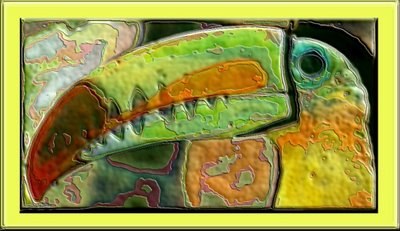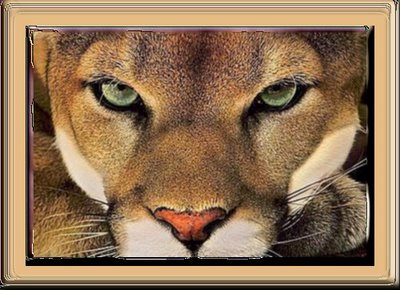
. . . roll-over image links for previews or follow the theme trails by clicking on each image to proceed to the next . . .
These are Alaskan horned puffins – compare the beak to that of an
Atlantic puffin,
Fratercula arctica and another
Atlantic puffin, or the head feathers to
these on on an Alaskan
tufted puffin.
The horned puffin is small – about the size of a pigeon – and has a black upper with a white chest and undersides. Its face and cheeks are white face, and it is named for the small black "
horn" above its eyes. A thin, dark line runs from from its eyes to the nape of its neck . The horned puffin has a large, triangular orange bill with a red tip, which has earned it the occassional name 'sea parrot'.
The horned puffin is pelagic, meaning that it lives on the open sea where it can dive up to depths of 80 feet to
catch fish and marine invertebrates. Horned puffins gather on sea cliffs or on rocky islets during the breeding season.
Horned puffins : Kodiak island
puffins etc.
Labels: Alaskan Horned Puffin, Alaskan tufted puffin, Atlantic Puffin, Fratercula arctica, Kodiak island puffins, pelagic, Puffin, sea parrot
 It's difficult to find purely aesthetic pictures of horses, but here's Leonardo's sketch of a rearing horse.
It's difficult to find purely aesthetic pictures of horses, but here's Leonardo's sketch of a rearing horse.









